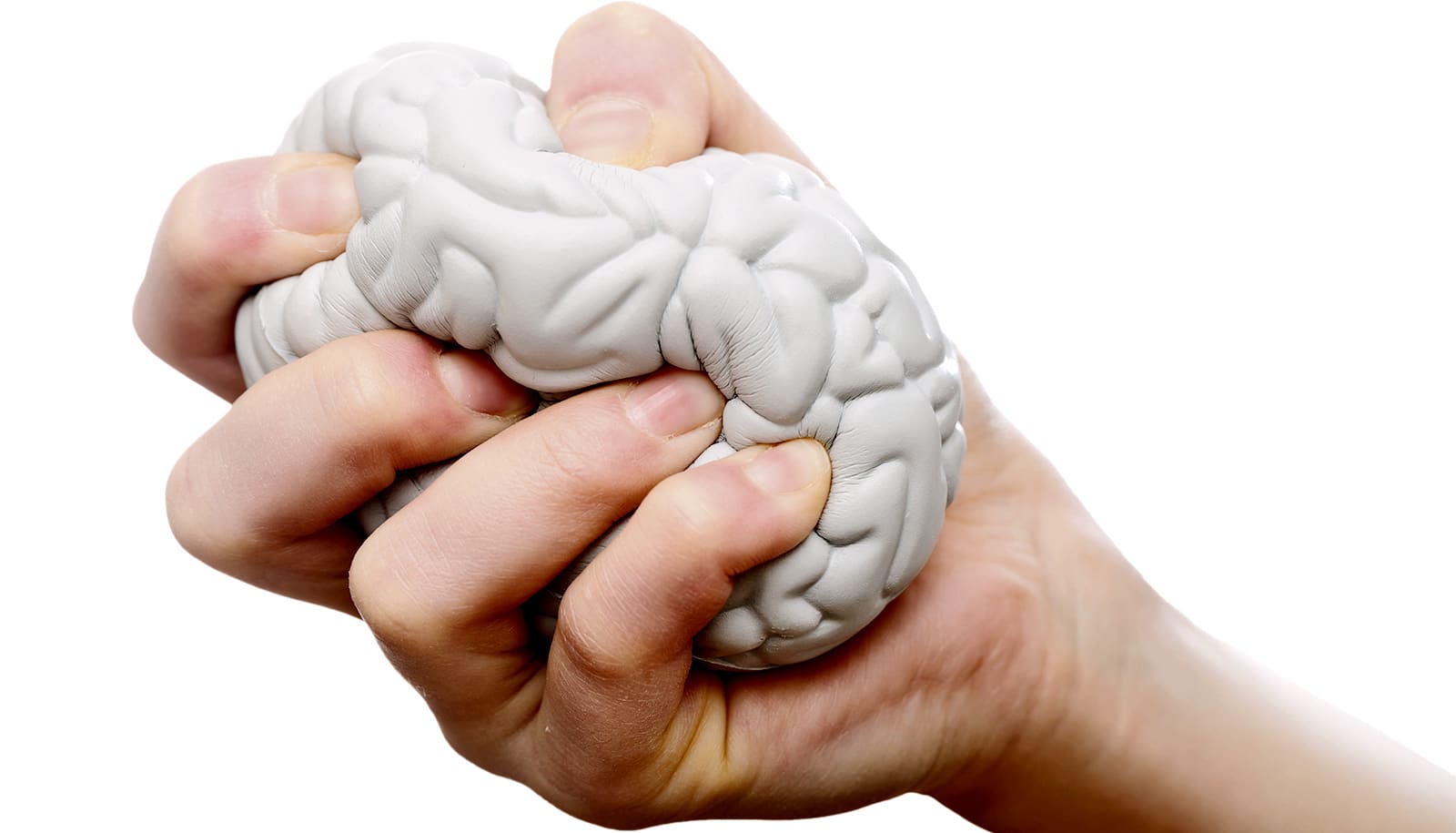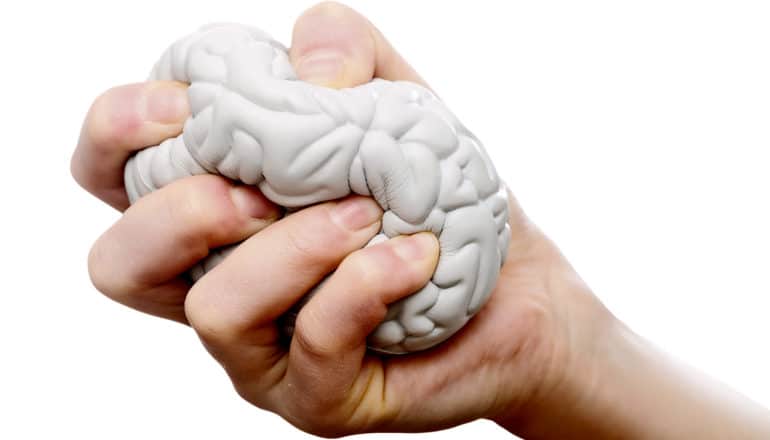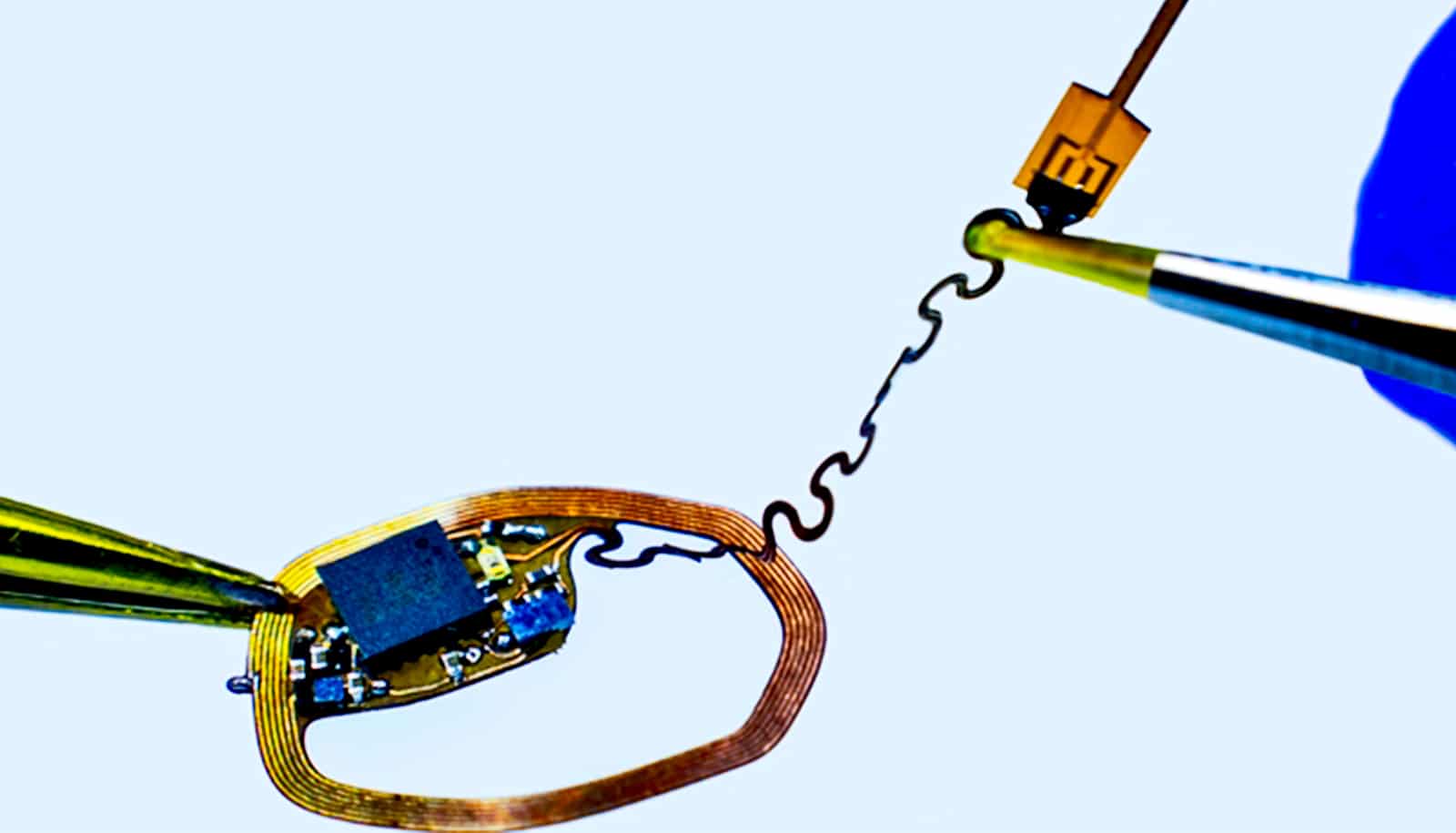
Promoting neuroplasticity by inhibiting PV+ cells in humans may hold promise for helping patients manage or recover from neurological disease and disorders.(Credit: Getty Images )
This type of neuron may revive brain plasticity
Controlling one type of neuron may reboot brain plasticity, the brain's ability to make new connections to adapt to its environment, research in rats shows.

Manipulating a specific type of neuron in the auditory cortex of rats can restore their brain plasticity, researchers report.
The goal of the new work is to develop therapies and strategies to help neurological patients.
During childhood, the human brain is highly sensitive and will form connections to best adapt to its environment. This ability, called plasticity, diminishes as we age. Rebooting this ability may be the key to everything from treating neurodegenerative disease to helping the brain heal from trauma.
“It was very exciting to see that even after a few minutes of sound delivery, the inhibition of these cells was already leading to increased brain plasticity.”
A type of neuron called a Parvalbumin-positive (PV+) cell has been the subject of many neuroplasticity studies, as it is involved with the opening and closing of developmental critical periods. These are times when an organism is most susceptible to changes in brain connections due to its environment. Previous studies in the auditory cortex however have not been specific enough to the cell to define its role in plasticity.
In the new work, the researchers set out to better define the role of PV+ cells in the auditory cortex, the brain region that processes sound.
Using chemogenetics, the delivery of compounds that alter the way genes are expressed, they shut down PV+ cells in rats and recorded the reaction of their auditory cortex to sounds of various frequencies, then compared them to a control group of rats with normally functioning PV+ cells.
Certain neurons of the auditory cortex become attuned to certain frequencies while the brain is plastic, then keep this specialization when plasticity goes away. When the researchers deactivated PV+ cells, these neurons became attuned to a wider range of frequencies than in the control group, showing a boost in plasticity. This proves that PV+ cells inhibit plasticity in the auditory cortex, acting as a sort of cement that keeps what was learned during critical periods in place.
The results demonstrate for the first time that it is possible to change the way the adult rat brain responds to sounds by controlling the activity of PV+ cells. A range of conditions, including traumatic brain injury, chronic noise exposure, autism, and schizophrenia, affect these cells. Promoting neuroplasticity by inhibiting PV+ cells in humans may hold promise for helping patients manage or recover from neurological disease and disorders.
“It was very exciting to see that even after a few minutes of sound delivery, the inhibition of these cells was already leading to increased brain plasticity,” says coauthor Mike Cisneros-Franco of the Montreal Neurological Institute-Hospital at McGill University.
“While this plasticity occurred during passive experience, I’m more interested in plasticity during learning. We are currently studying how manipulating PV+ cell activity affects the rate and quality of learning.”
The study appears in Proceedings of the National Academy of Sciences. Funding for the research came from the Canadian Institutes of Health Research.
Source: McGill University
The post This type of neuron may revive brain plasticity appeared first on Futurity.
Share this article:
This article uses material from the Futurity article, and is licenced under a CC BY-SA 4.0 International License. Images, videos and audio are available under their respective licenses.


